Introduction: A Peaceful Tree Meets a Curious Companion
Bonsai (盆栽) the centuries-old Japanese art of cultivating miniature trees brings a sense of tranquility and timeless beauty to any space. But if you're a cat owner, you've probably asked the question: Are bonsai trees safe for my feline friend?
It’s a valid concern. Cats are famously curious, and bonsai trees, with their delicate leaves and low-hanging branches, can seem like an irresistible playground. For those who dream of adding a bonsai to their home or have already done so, it’s essential to understand which species are safe and which could pose a risk.
Let’s explore the harmony (or potential hazards) between bonsai and cats, with some Japanese cultural context, practical tips, and a deeper appreciation for this living art.
The Basics: Are Bonsai Trees Toxic to Cats?
The answer is: It depends on the species.
"Bonsai" refers to the cultivation method not a specific type of plant. Bonsai trees can be created from a wide variety of tree species, and some of those species are known to be toxic to cats. Others are completely safe.
Common Bonsai Species and Their Toxicity
| Bonsai Tree Species | Toxic to Cats? | Toxic Components / Effects |
|---|---|---|
| Ficus (e.g. Ficus Retusa) | ✅ Yes | Milky sap (latex) can cause GI upset, skin irritation |
| Jade Plant (Crassula) | ✅ Yes | Can cause vomiting, lethargy |
| Azalea (Satsuki) | ✅ Yes (highly toxic) | Grayanotoxins – affects heart, nervous system |
| Boxwood | ✅ Yes (toxic) | Alkaloids – vomiting, diarrhea, potentially fatal |
| Sago Palm | ✅ Yes (very toxic) | Cycasin – liver failure, potentially fatal |
| Wisteria | ✅ Yes | Seeds/pods highly toxic |
| Cherry/Plum | ✅ Yes | Cyanogenic glycosides – difficulty breathing, shock |
| Fig & Ficus | ✅ Yes | Sap causes GI upset |
| Chinese Elm | ❌ No (generally safe) | |
| Japanese Maple (Momiji) | ❌ No (non-toxic) | |
| Juniper (Shimpaku) | ❌ No (non-toxic) | |
| Olive | ❌ No (non-toxic) | |
| Serissa | ❌ No (non-toxic) | |
| Fukien Tea | ❌ No (non-toxic) | |
| Rosemary | ❌ No (non-toxic) | |
| Peperomia, Prayer Plant | ❌ No (non-toxic) | |
| Parlor/Bamboo Palm | ❌ No (non-toxic) |
Important Note: Always consult a vet or reliable plant toxicity database (like the ASPCA list) before bringing a new bonsai species into a cat-friendly home. Even small ingestions of certain plants can cause vomiting, lethargy, or worse in sensitive animals.

Symptoms of Bonsai Tree Toxicity in Cats
- Vomiting or diarrhea
- Lethargy, sluggishness, or weakness
- Drooling or heavy breathing
- Loss of coordination, twitching, or seizures
- Loss of appetite
- Dilated pupils
- Shock or collapse (in severe cases)
If you notice any of these symptoms or see evidence your cat has chewed a potentially toxic plant contact your veterinarian or a pet poison helpline immediately.
Why Are Some Bonsai Trees Dangerous to Cats?
The toxins in certain bonsai species serve as natural defenses against insects or herbivores. For example, azaleas contain grayanotoxins, which can affect a cat’s heart and nervous system if ingested.
Ficus trees may produce a milky sap called latex, which can cause skin irritation or gastrointestinal upset. Jade plants and boxwood also contain compounds that are harmful to cats. The sago palm is especially dangerous, with all parts containing cycasin, a toxin that can cause fatal liver failure.
Cats often chew plants out of boredom, play, or curiosity, so it’s not just a matter of teaching them to “stay away.” Kittens and young cats are especially prone to exploring with their mouths.

Safer Alternatives: Cat-Friendly Bonsai Trees
- Japanese Maple (紅葉, Momiji): Non-toxic and beautiful through the seasons.
- Chinese Elm: Hardy and beginner-friendly.
- Juniper: A classic choice, generally regarded as non-toxic.
- Olive, Rosemary, Serissa, Fukien Tea: Pet-safe and stylable as bonsai.
- Peperomia, Prayer Plant, Parlor Palm: Safe houseplants that can be shaped for bonsai-like aesthetics.
Keeping Cats and Bonsai Peacefully Together
- 🪴 Display Placement Matters: Use high shelves or tokonoma (床の間) for safety and beauty.
- 🐱 Distract with Alternatives: Offer safe plants like cat grass or catnip.
- ✂️ Use the Right Tools: High-quality bonsai scissors (bonsai basami, 盆栽鋏) make maintenance easier and safer. Find authentic ones at MyJapaneseWorld.com.
-
🏡 Additional Tips:
- Use citrus peels or sprays to deter nibbling.
- Train with gentle deterrents like water spritzers.
- Provide enrichment and climbing options to reduce curiosity.
- Use enclosed display cases for extra protection.

What to Do If Your Cat Eats a Bonsai Tree
- Identify the plant species (take a photo or sample).
- Watch for symptoms of poisoning.
- Contact your vet or a pet poison control hotline immediately.
- Do not induce vomiting unless instructed.
Conclusion: Cultivating Harmony Between Bonsai and Cats
So, are bonsai trees toxic to cats? Some are but many are not. With the right species, thoughtful placement, and a few precautions, you can enjoy the elegance of bonsai while keeping your curious companion safe.
Bonsai is not just about growing small trees. It’s about crafting intentional spaces where beauty and nature harmonize. Add in your cat’s calming presence, and you may find yourself building your own version of wa (和) Japanese harmony, at home.
Want to begin your bonsai journey? Start with safe, elegant species and explore our collection of authentic Japanese bonsai scissors at MyJapaneseWorld.com. Because every detail from root to rim matters.


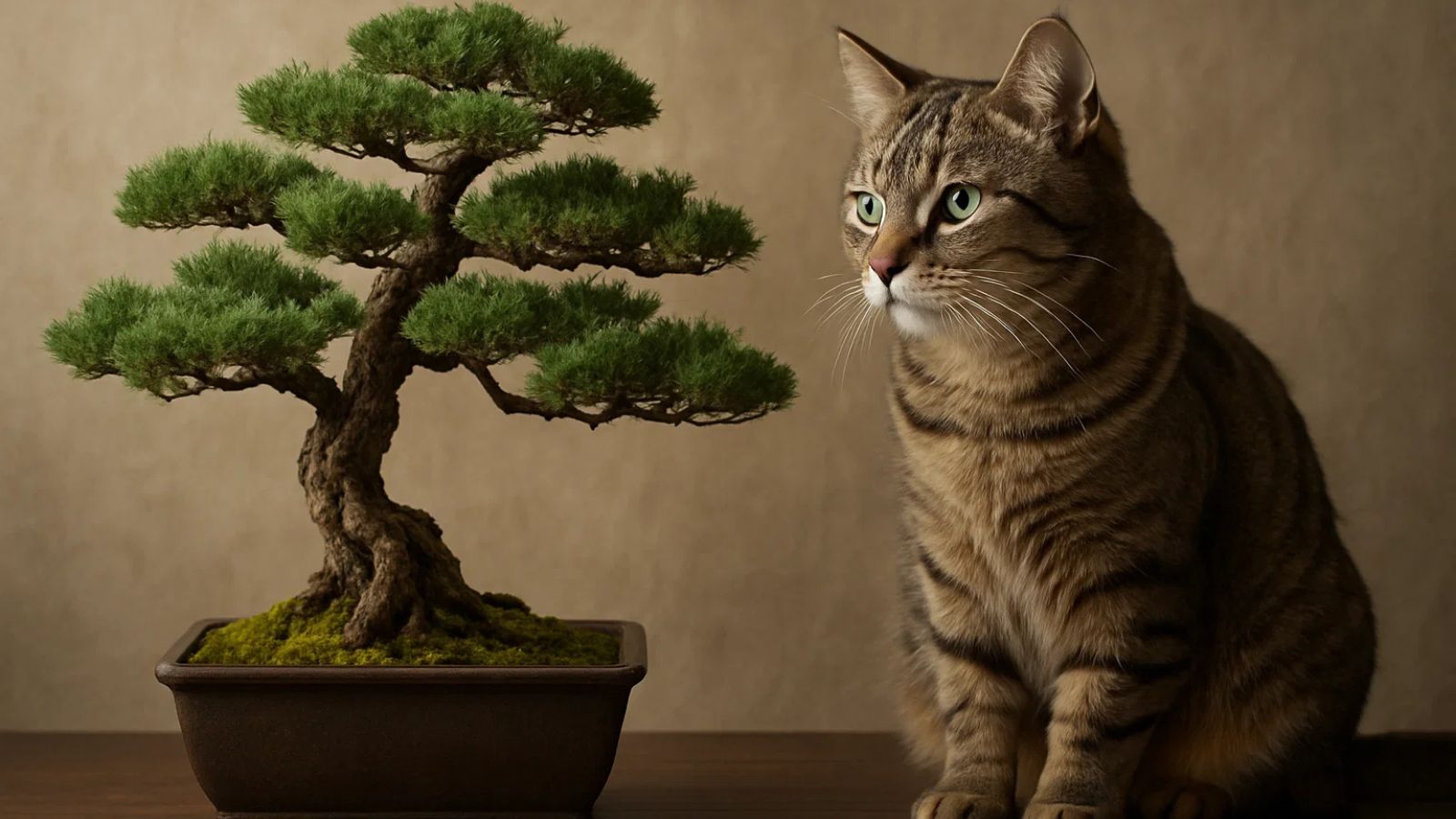

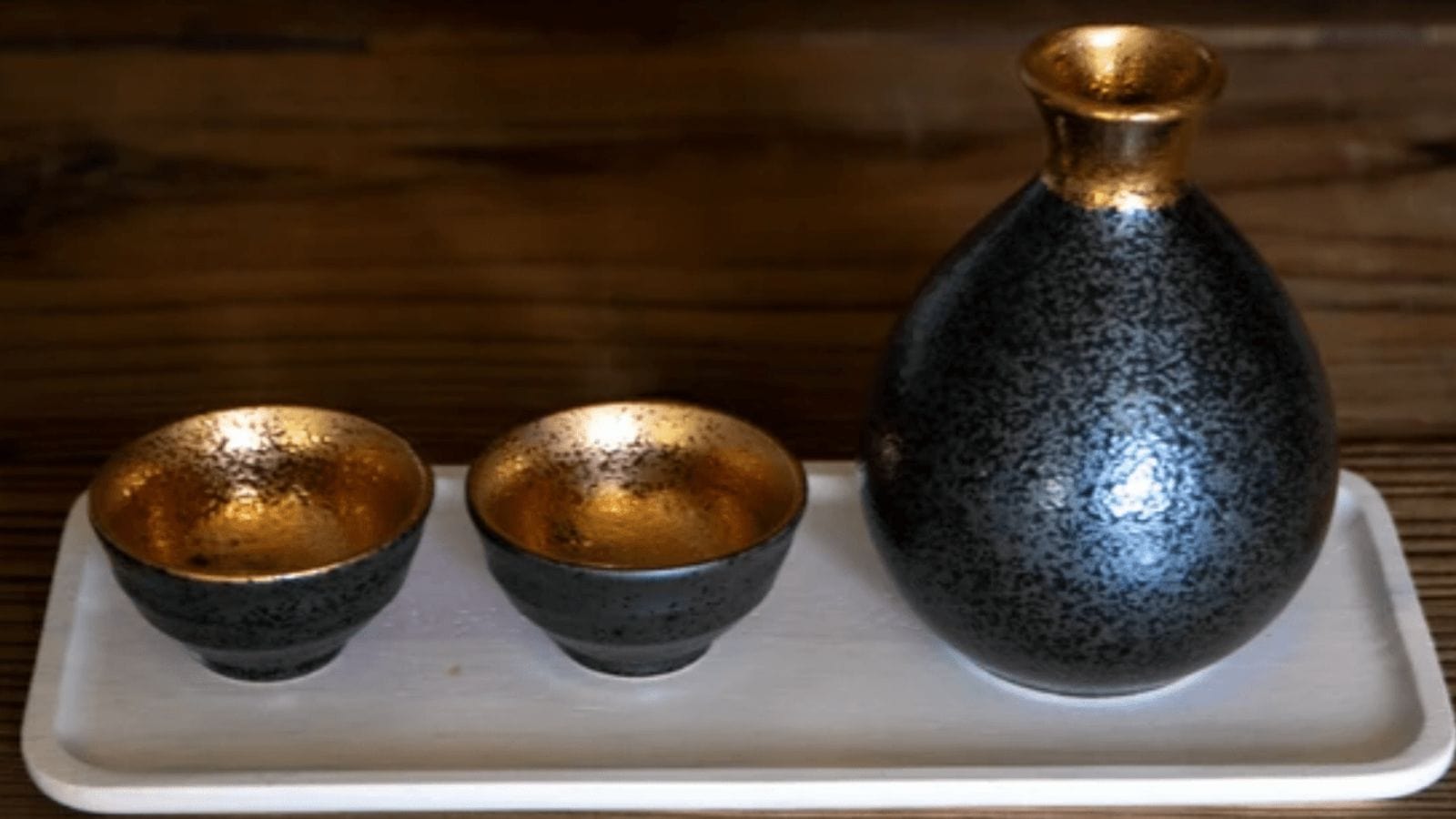
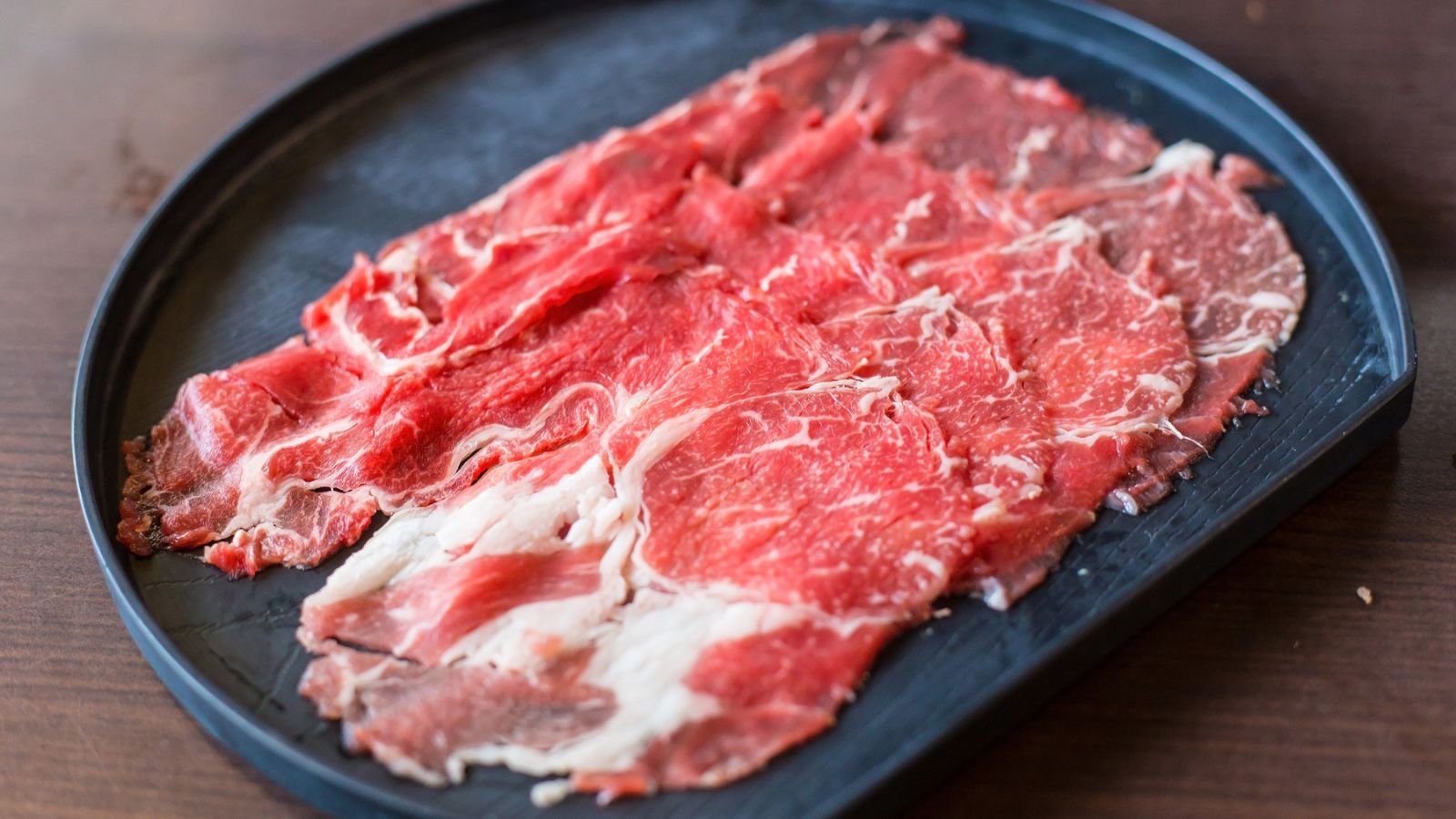
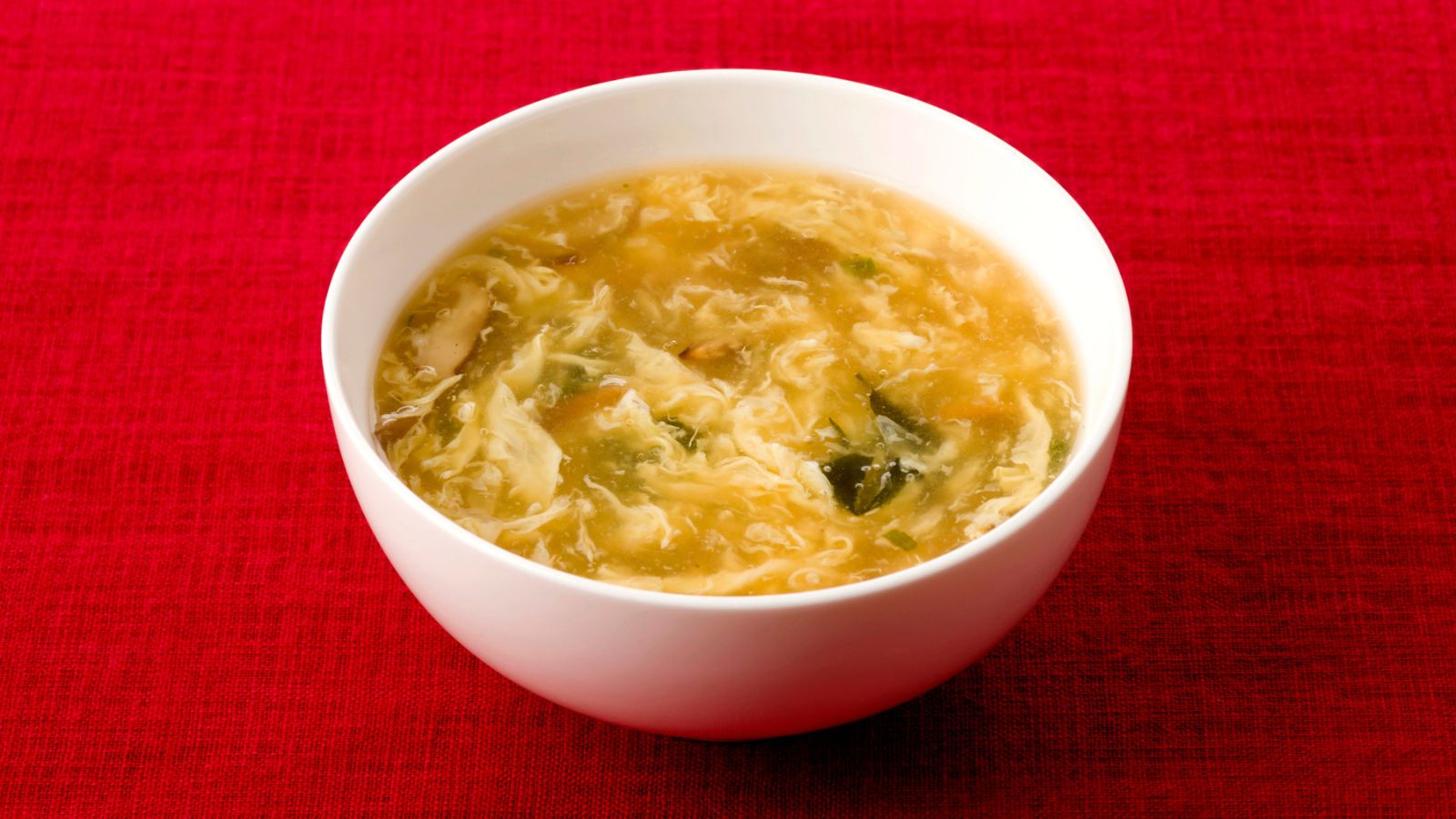
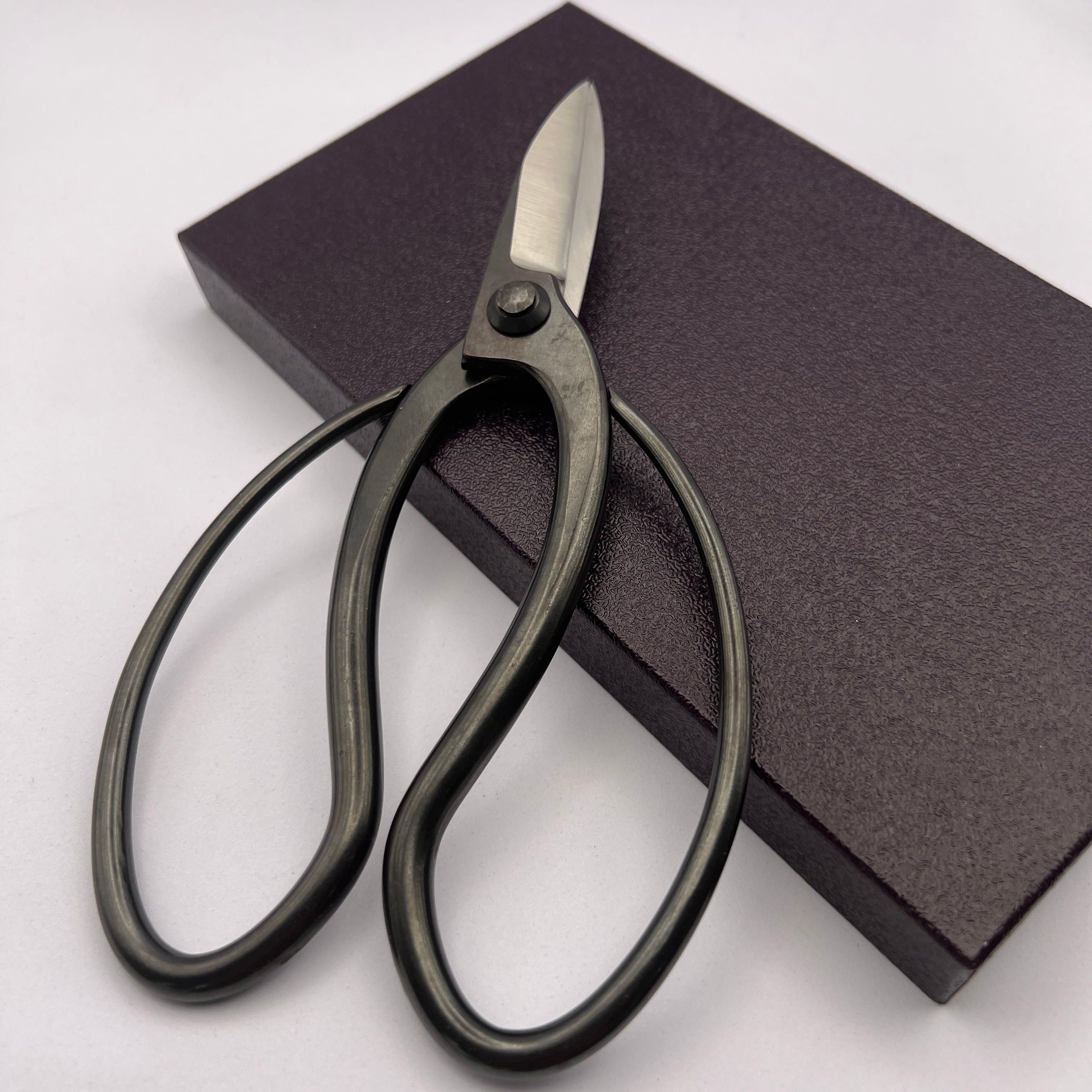
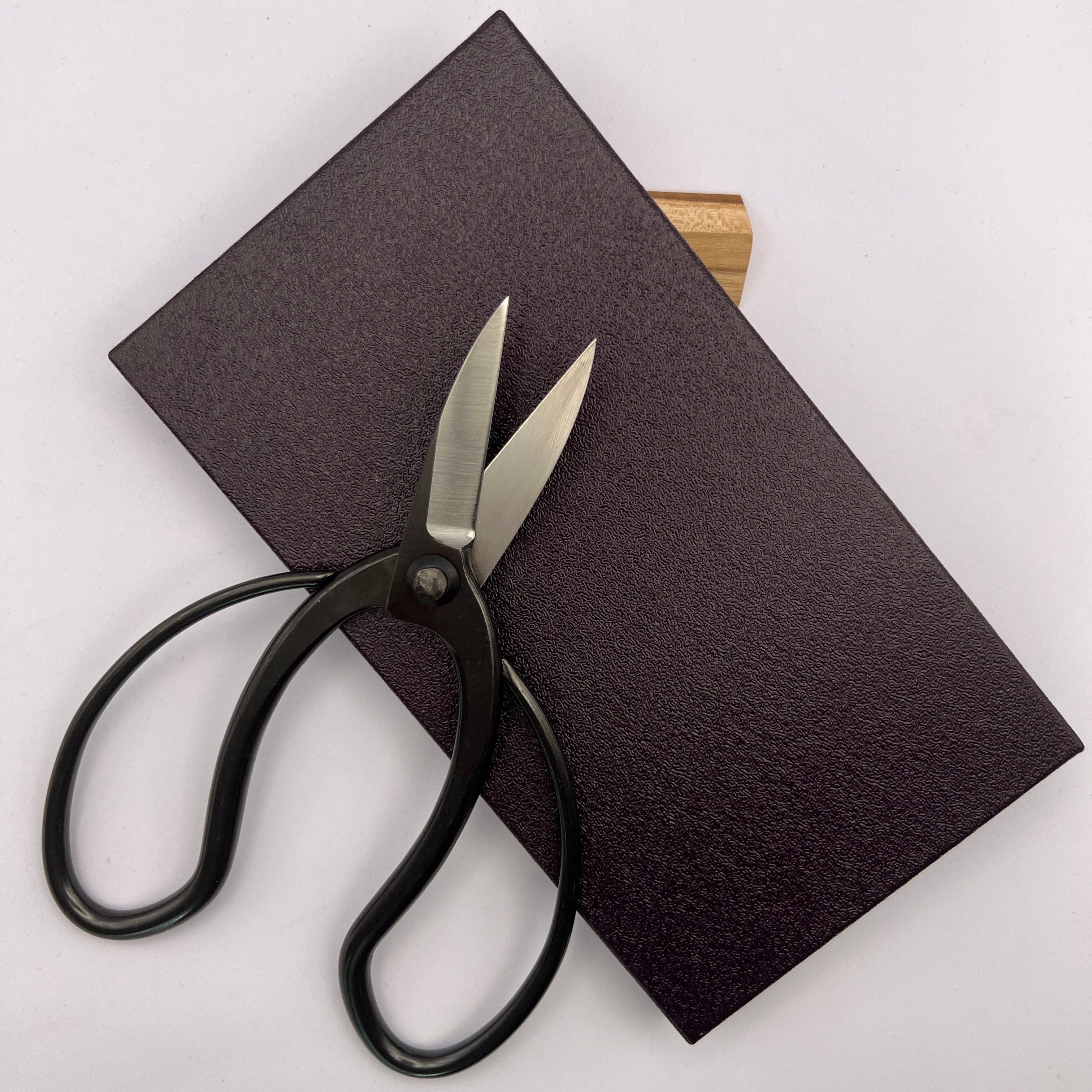
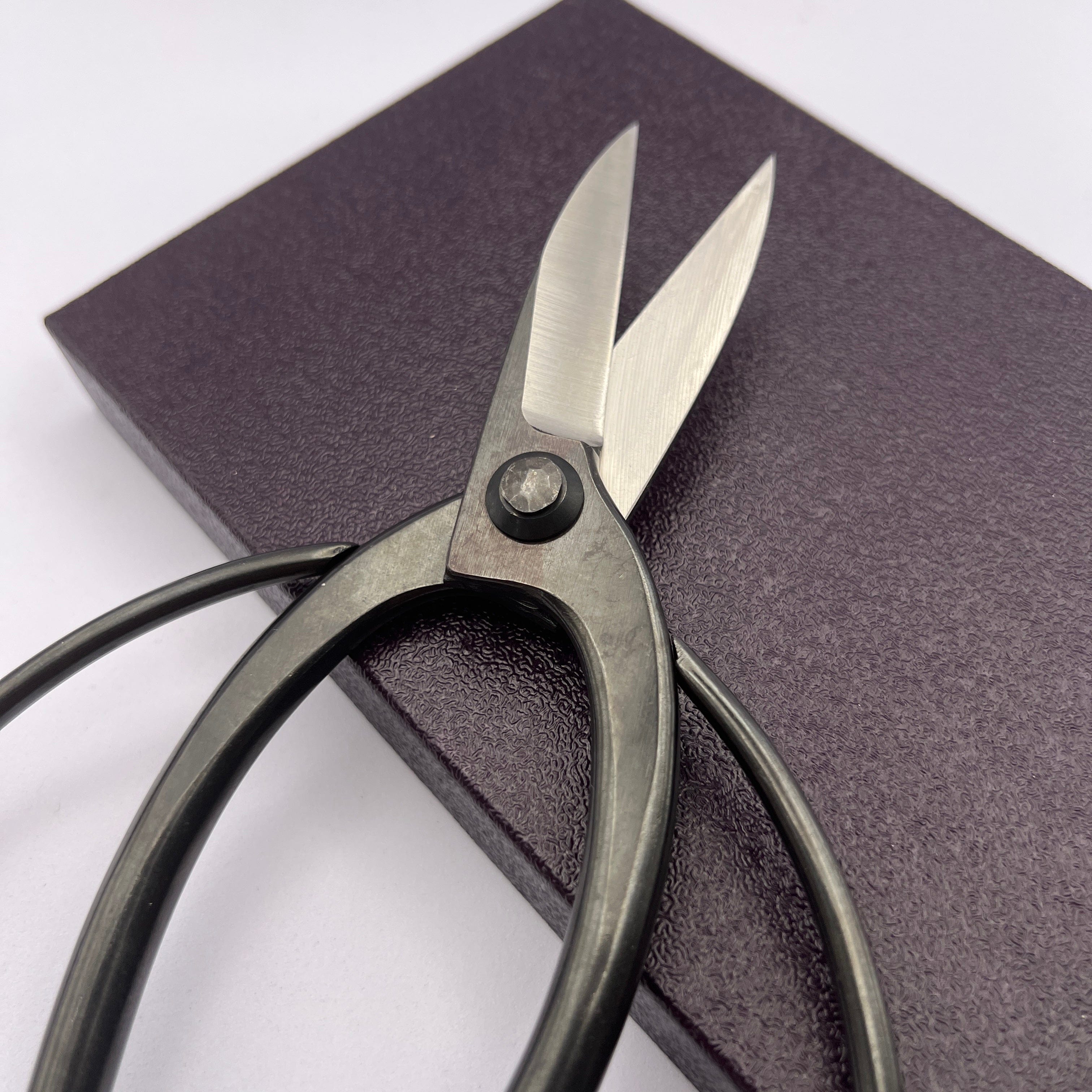
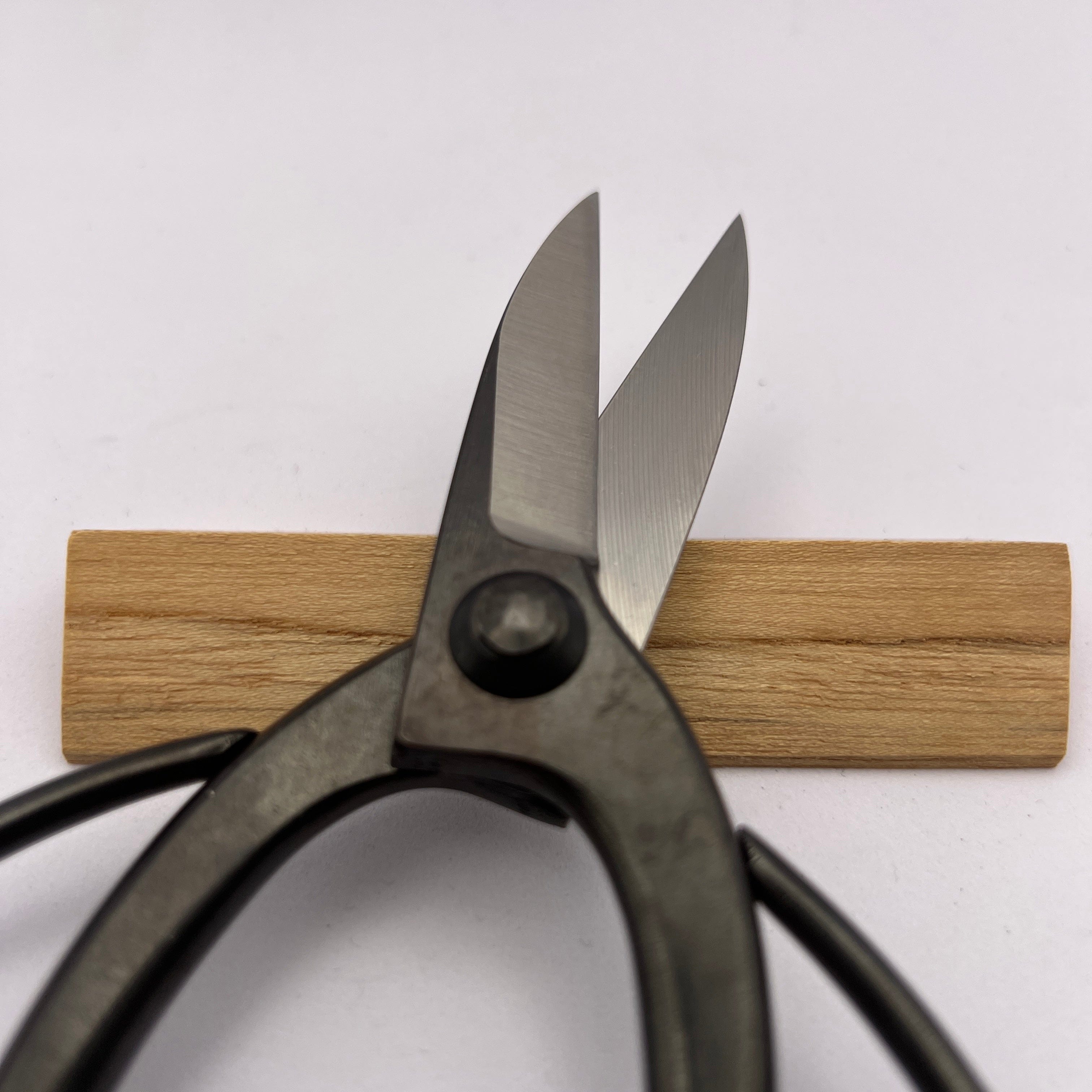
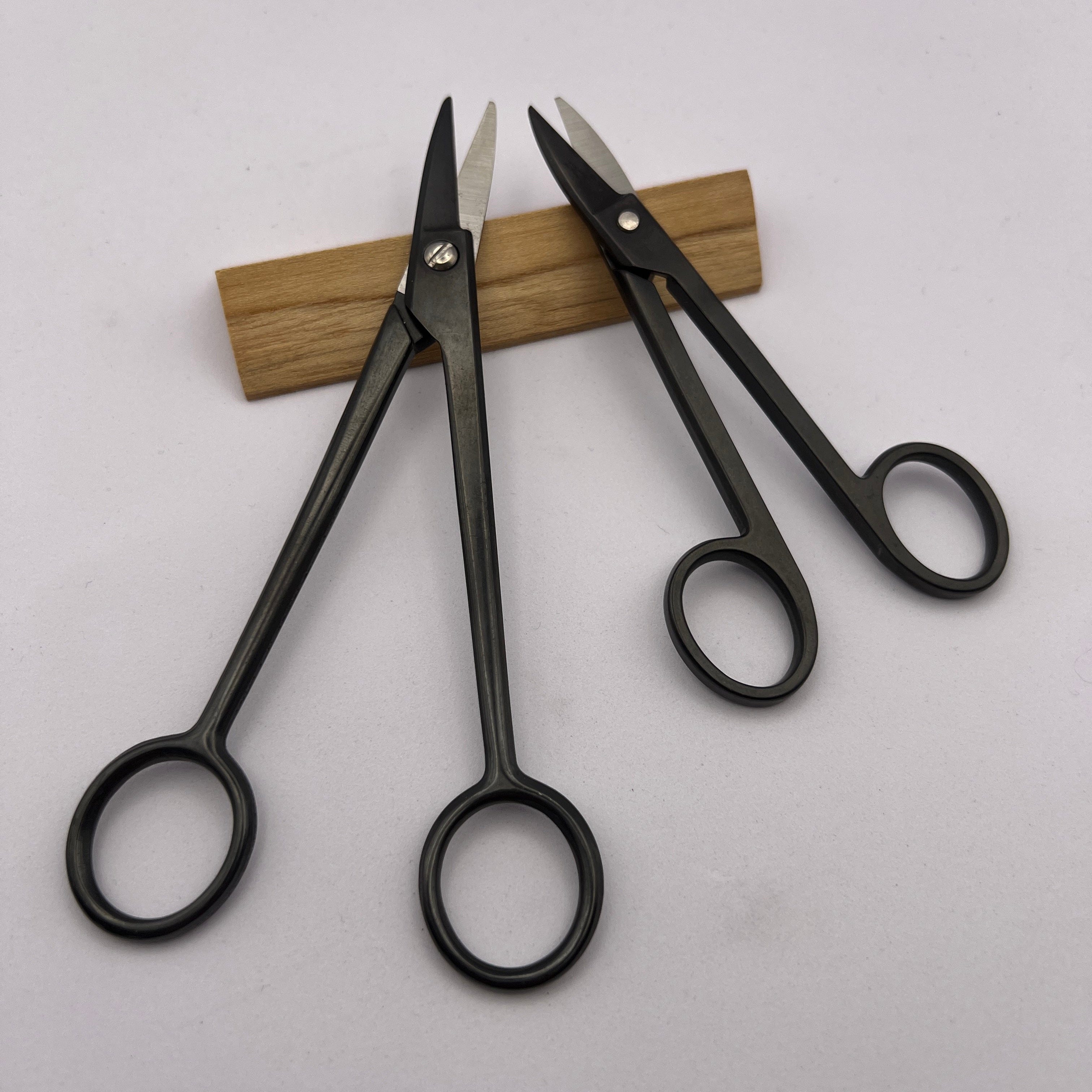
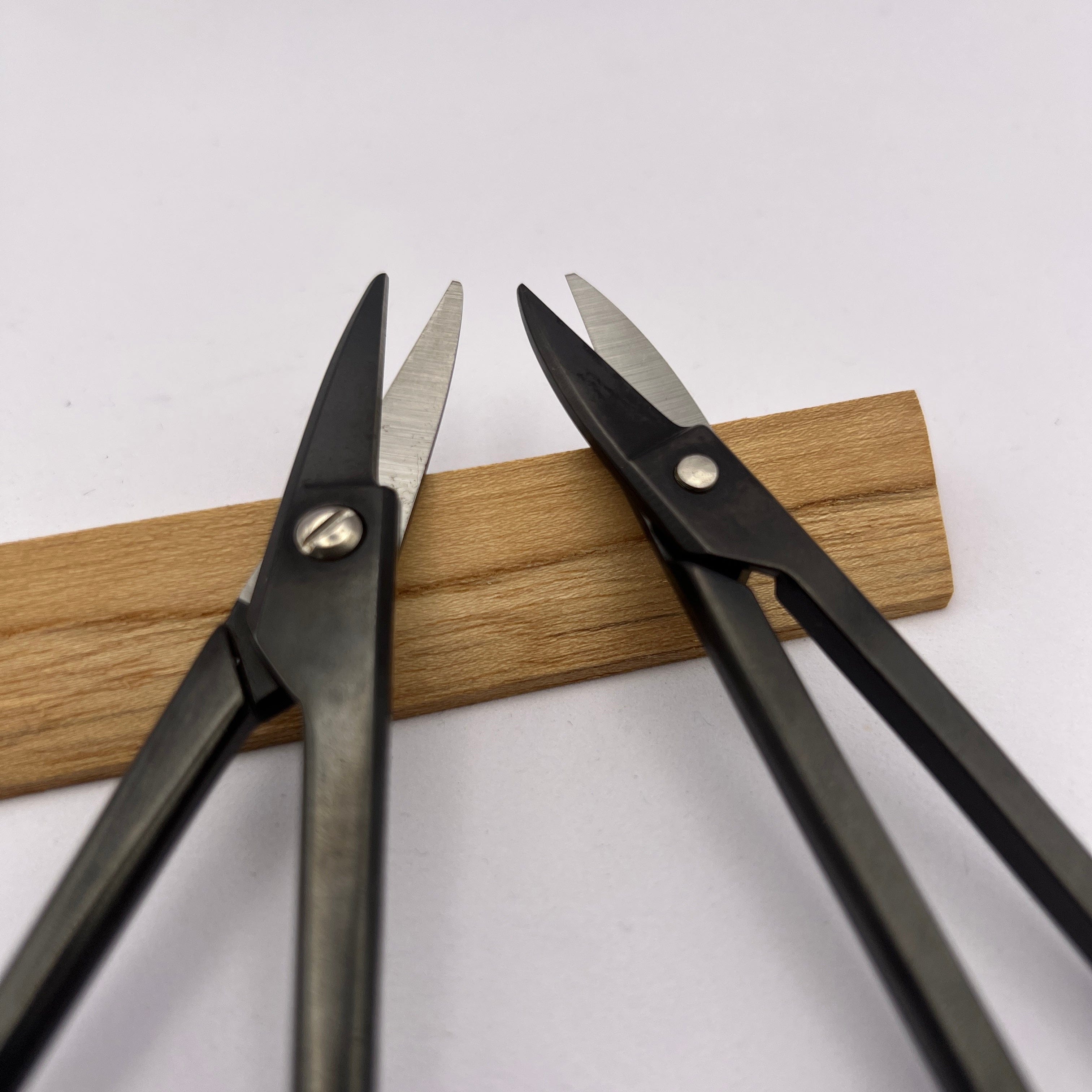
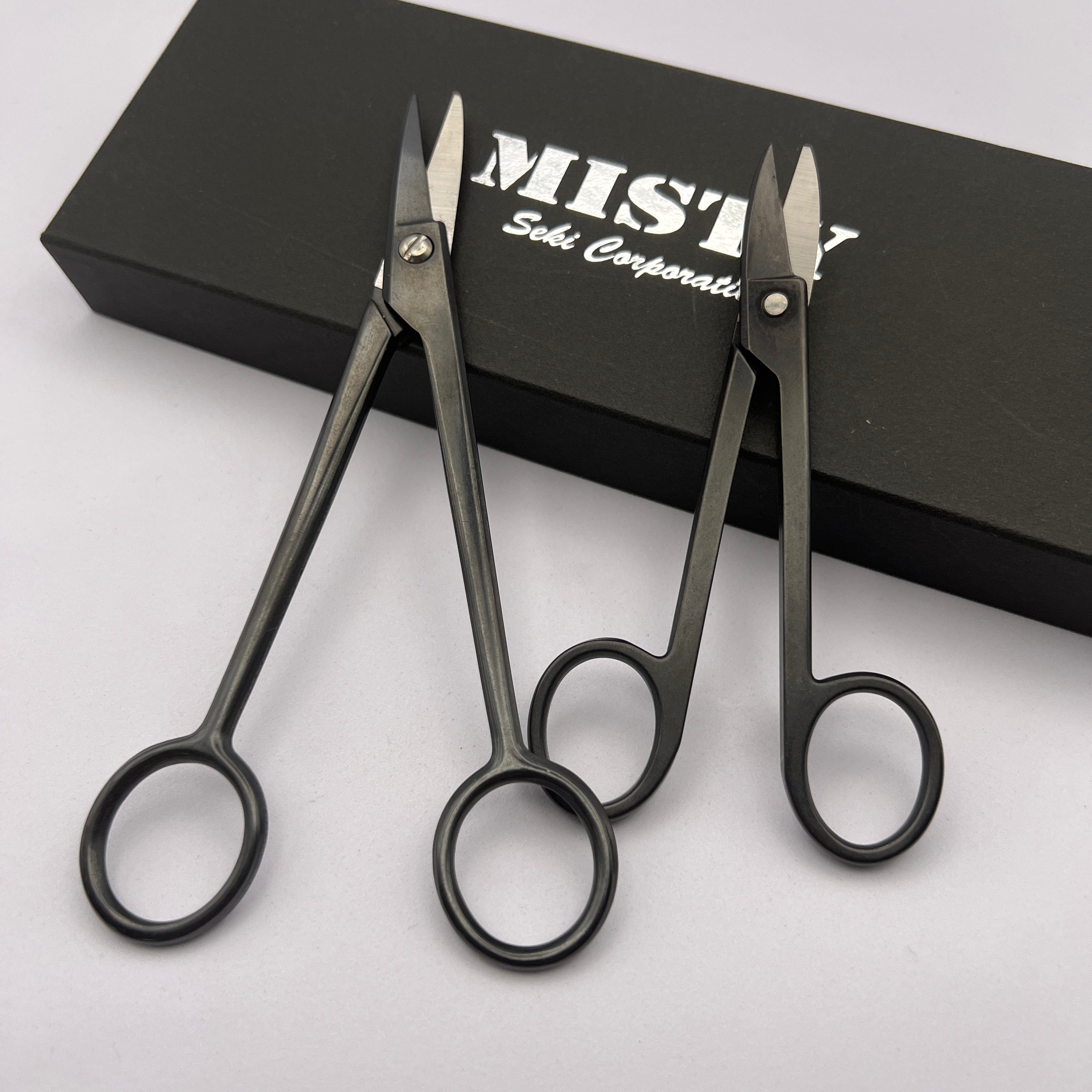
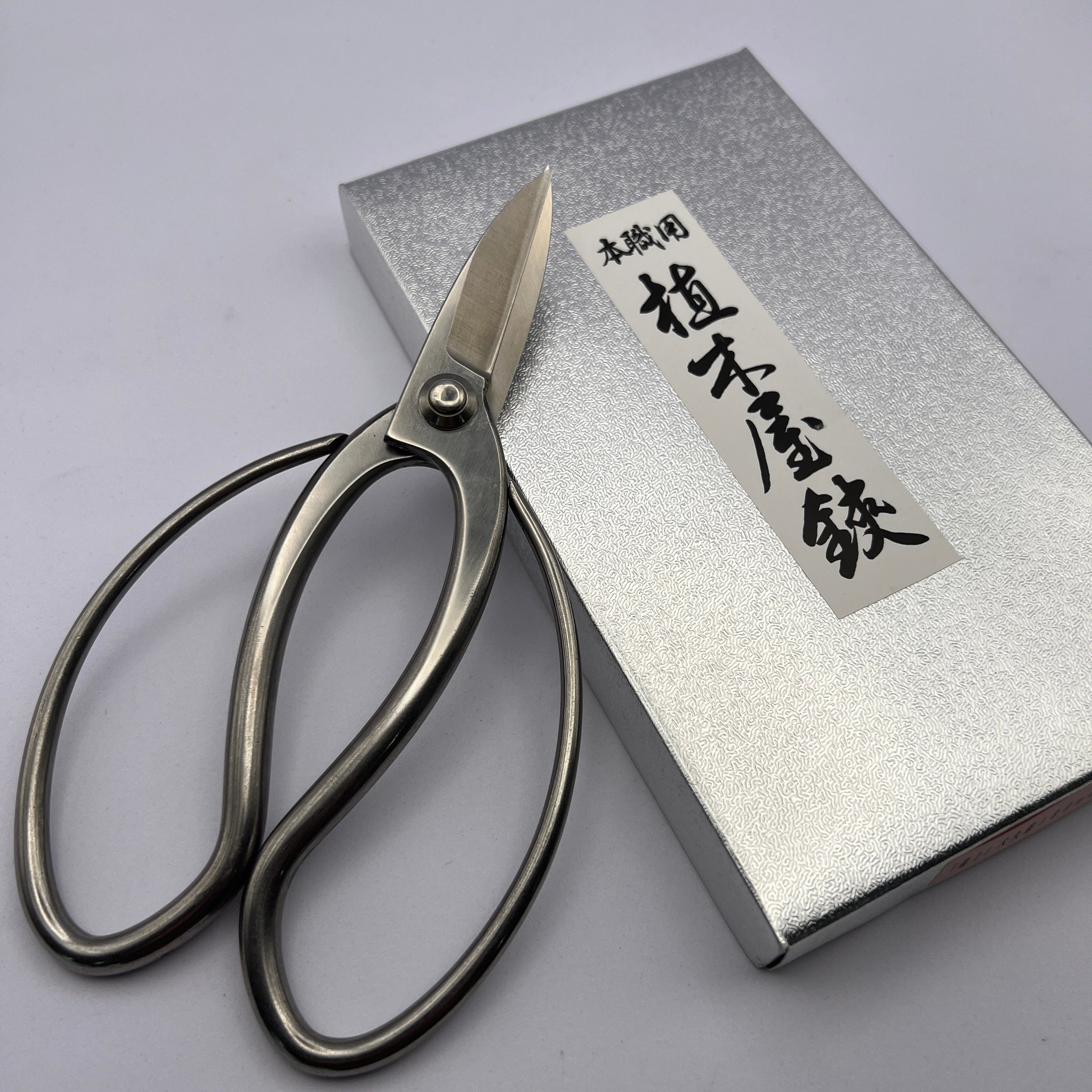
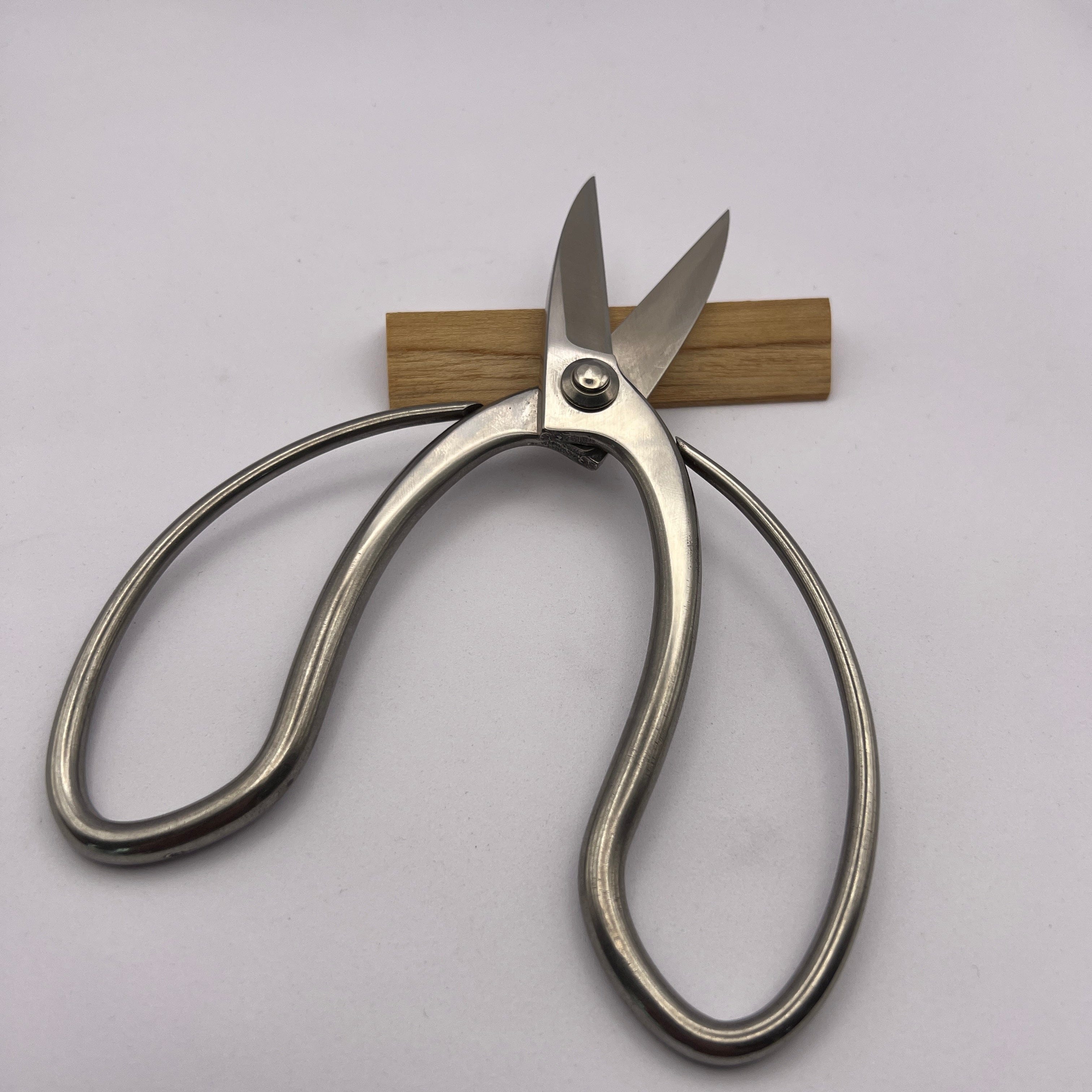
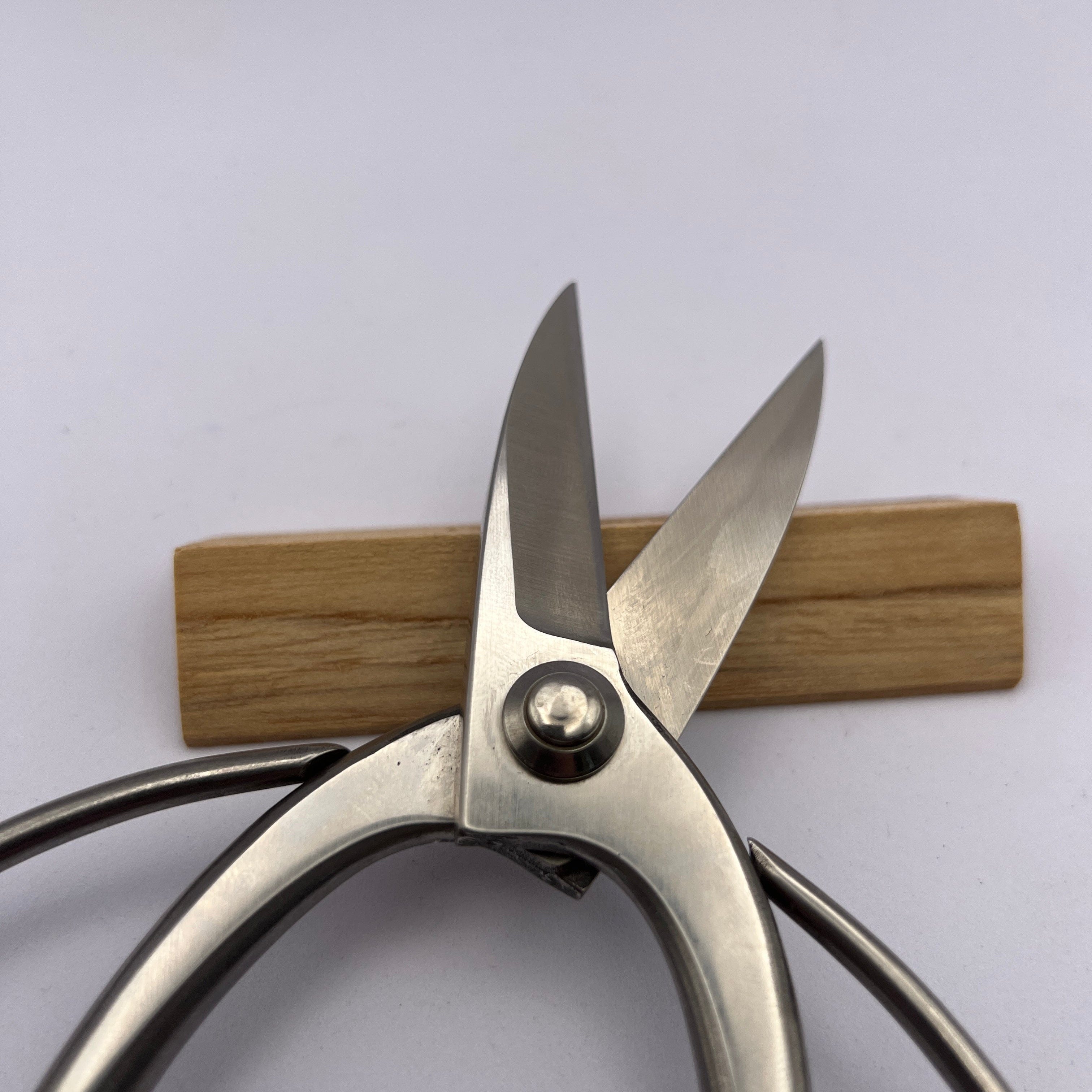
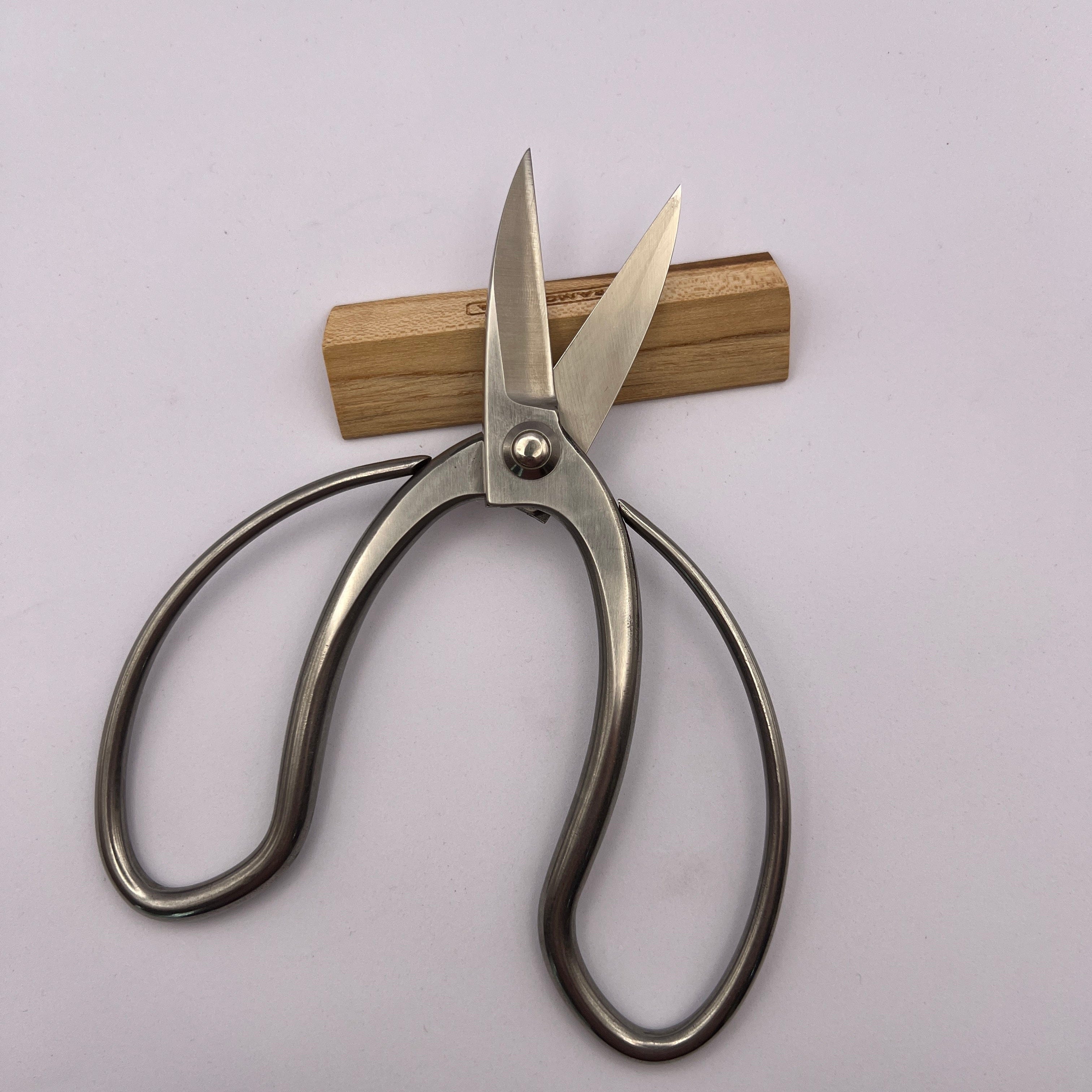
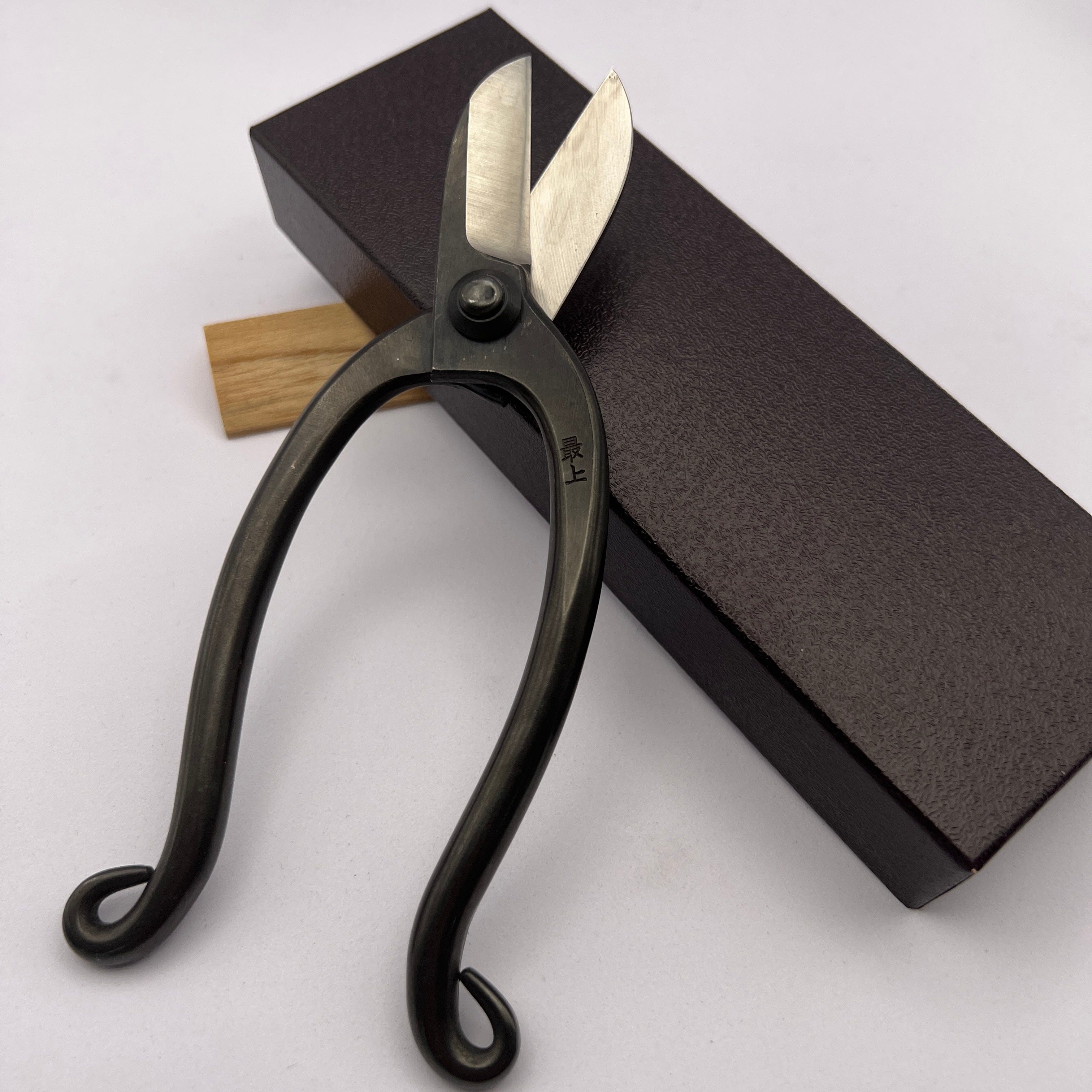
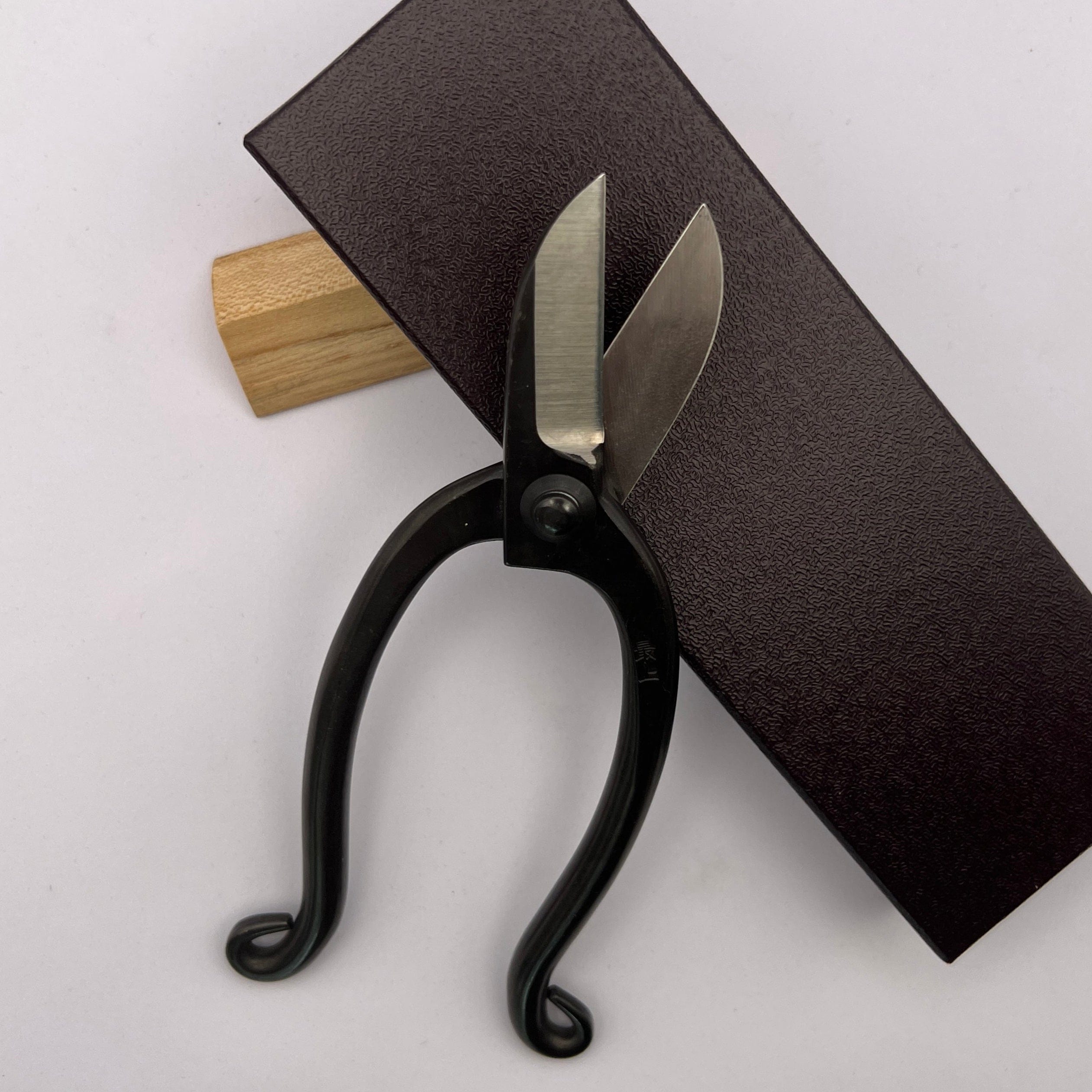
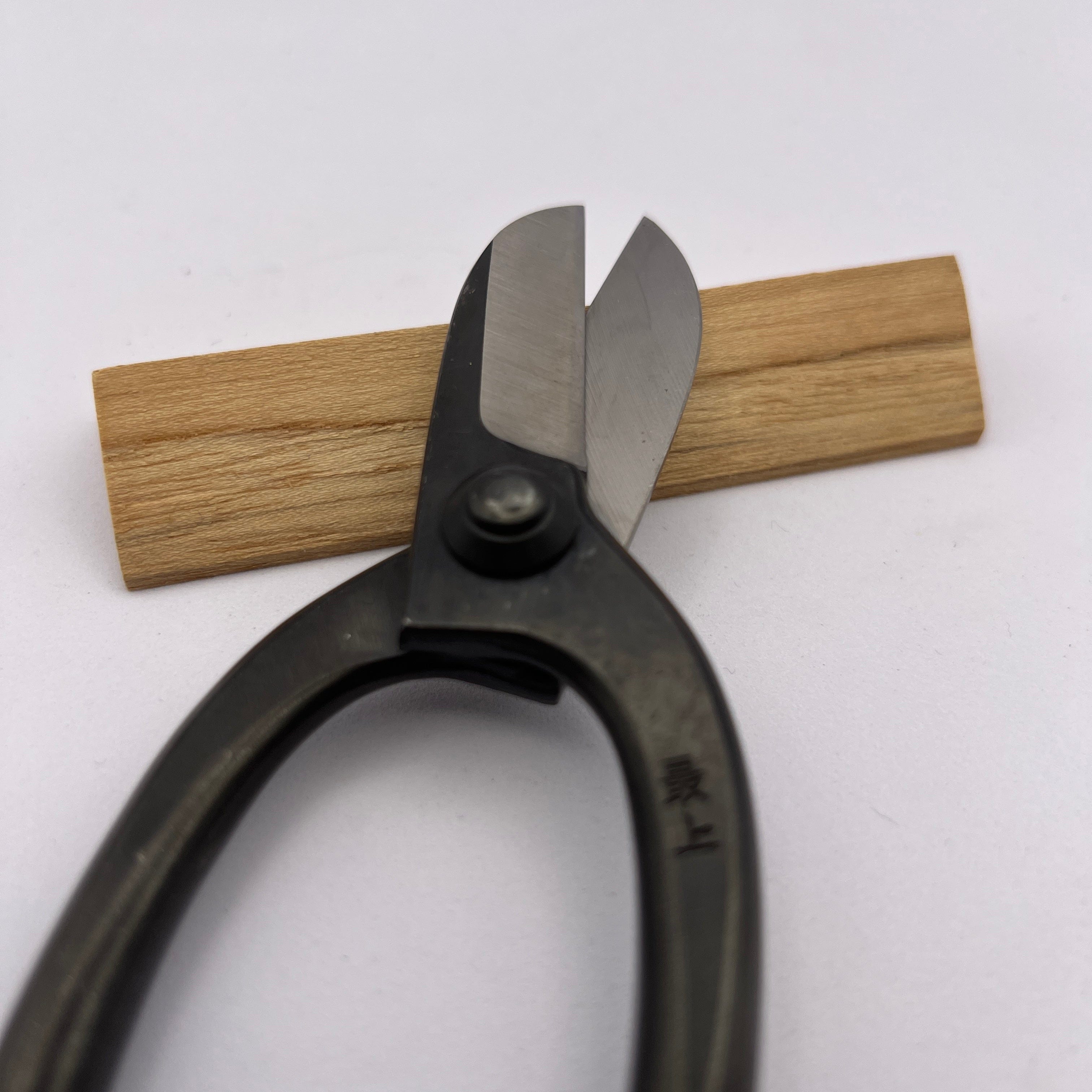
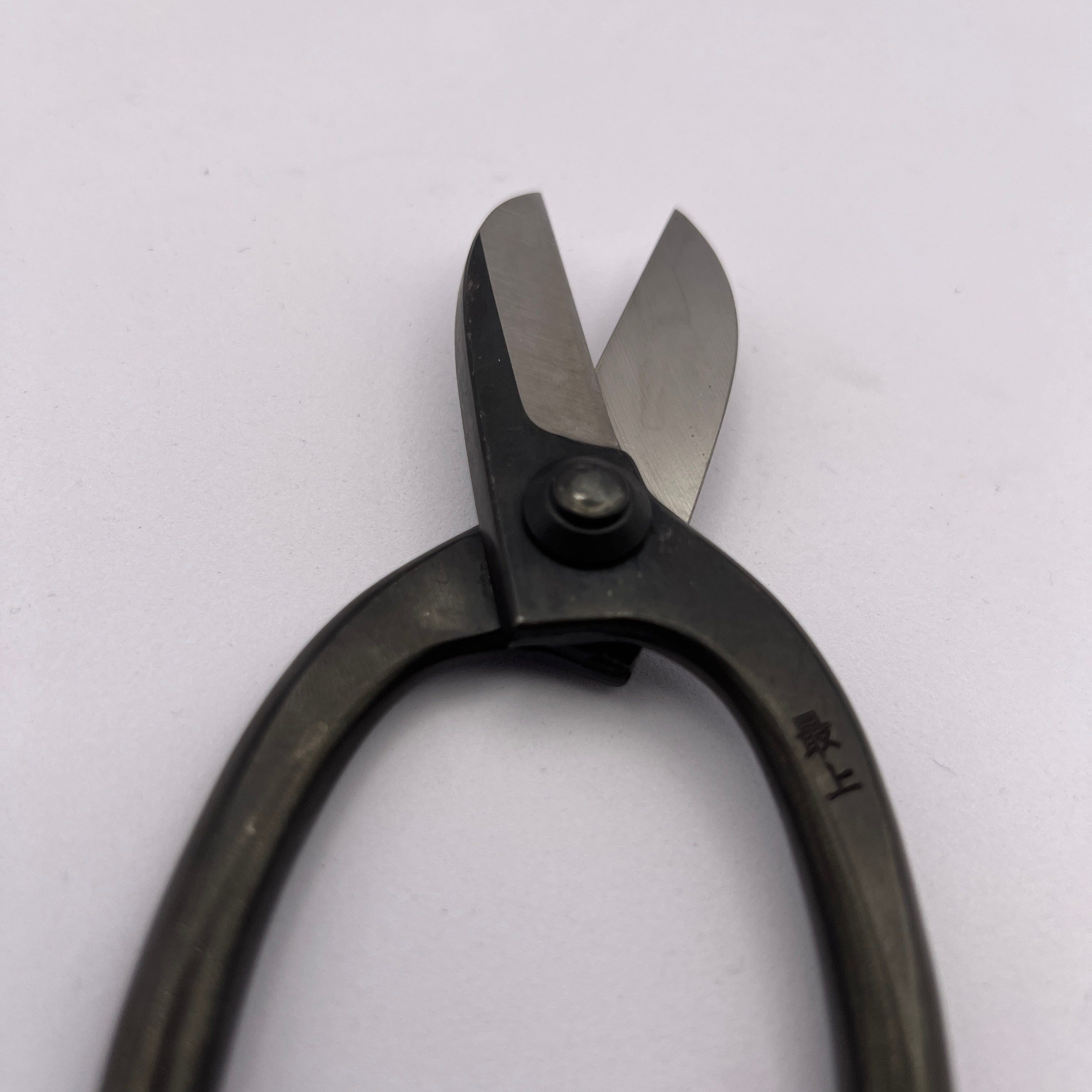
Share: